European Art and the Wider World 13501550
This book forms part of the series Art and its Global Histories published by Manchester University Press in association with The Open University. The books in the series are:
European Art and the Wider World 13501550, edited by Kathleen Christian and Leah R. Clark
Art, Commerce and Colonialism 16001800, edited by Emma Barker
Empire and Art: British India, edited by Renate Dohmen
Art after Empire: From Colonialism to Globalisation, edited by Warren Carter
Art and its Global Histories: A Reader, edited by Diana Newall
European Art and the Wider World 13501550
Edited by Kathleen Christian and Leah R. Clark

Published by Manchester University Press
Altrincham Street, Manchester M1 7JA
www.manchesteruniversitypress.co.uk
in association with
The Open University, Walton Hall, Milton Keynes MK7 6AA
www.open.ac.uk
First published 2017
Copyright 2017 The Open University
All rights reserved. No part of this publication may be reproduced, stored in a retrieval system, transmitted or utilised in any form or by any means, electronic, mechanical, photocopying, recording or otherwise, without written permission from the publisher or a licence from the Copyright Licensing Agency Ltd. Details of such licences (for reprographic reproduction) may be obtained from the Copyright Licensing Agency Ltd, Barnards Inn, 86 Fetter Lane, London, EC4A 1EN (website www.cla.co.uk).
This publication forms part of the Open University module Art and its global histories (A344). Details of this and other Open University modules can be obtained from Student Recruitment, The Open University, PO Box 197, Milton Keynes MK7 6BJ, United Kingdom (tel. +44 (0)300 303 5303; email ).
Edited and designed by The Open University
Typeset by The Open University
British Library Cataloguing-in-Publication Data
A catalogue record for this book is available from the British Library
Library of Congress Cataloging-in-Publication Data applied for
ISBN 978 1 5261 2290 2 (paperback)
ISBN 978 1 5261 2291 9 (ebook)
The publisher has no responsibility for the persistence or accuracy of URLs for any external or third-party internet websites referred to in this book, and does not guarantee that any content on such websites is, or will remain, accurate or appropriate.
Contents
This is the first of four books in the series Art and its Global Histories, which together form the main texts of an Open University Level 3 module of the same name. Each book is also designed to be read independently by the general reader. The series as a whole offers an accessible introduction to the ways in which the history of Western art from the fourteenth century to the present day has been bound up with cross-cultural exchanges and global forces.
Each book in the series explores a distinct period of this long history, apart from the third, which focuses on the art and visual culture of the British Empire, with particular reference to India. The present book, European Art and the Wider World 13501550, examines European art and material culture in the age of exploration through the lens of expanding global connections and conflicts. is a revised and updated version of Paul Wood, Art in fifteenth-century Venice: an aesthetic of diversity, from the book Locating Renaissance Art produced for the Open University module Renaissance art reconsidered (AA315).
All of the books in the series include teaching elements. To encourage the reader to reflect on the material presented, each chapter contains short exercises in the form of questions printed in bold type. They are followed by discursive sections, the end of which is marked by  .
.
The four books in the series are:
European Art and the Wider World 13501550, edited by Kathleen Christian and Leah R. Clark
Art, Commerce and Colonialism 16001800, edited by Emma Barker
Empire and Art: British India, edited by Renate Dohmen
Art after Empire: From Colonialism to Globalisation, edited by Warren Carter.
There is also a companion reader:
Art and its Global Histories: A Reader, edited by Diana Newall.
This book examines select examples of European art and visual culture made between c.1350 and 1550, asking how art and objects from this period can be read as the products of global connections. It is concerned with the ties that joined Europe to the wider world at a time when commodities, ideas, designs and technologies circulated over long distances, crossed boundaries and travelled between cultures, with significant consequences for the visual arts. This period in European history is traditionally understood as the Renaissance, which is often celebrated as a high point in the European tradition, and associated with new inventions inspired by the revival of an indigenous classical past. Recently, however, the Renaissance has become globalised, as alternative readings of the art of the period take into account the interdependencies that bound Europe with the rest of the world.
It has long been recognised that the Renaissance was a time of remarkable transformation, when many genres and conventions that would come to define European art were invented or re-energised. Looking at the engraving of Adam and Eve by the German artist Albrecht Drer (), the artistic priorities characteristic of this era become apparent: attention to the idealised human body and the natural world, for example, or the meticulous use of shading to create the illusion of volume. Drers image is a print on paper made from an engraved copper plate, a technique developed in the fifteenth century which first made it possible for artists to disseminate their visual inventions widely. From Jan van Eycks mastery of the oil painting technique, to Filippo Brunelleschis or Leon Battista Albertis inventive reinterpretation of antique architecture, to the landscapes of Albrecht Altdorfer in Germany, to painting on canvas and the rise of portraiture and self-portraiture, the Renaissance established new techniques and modes of visual representation that would endure for centuries.
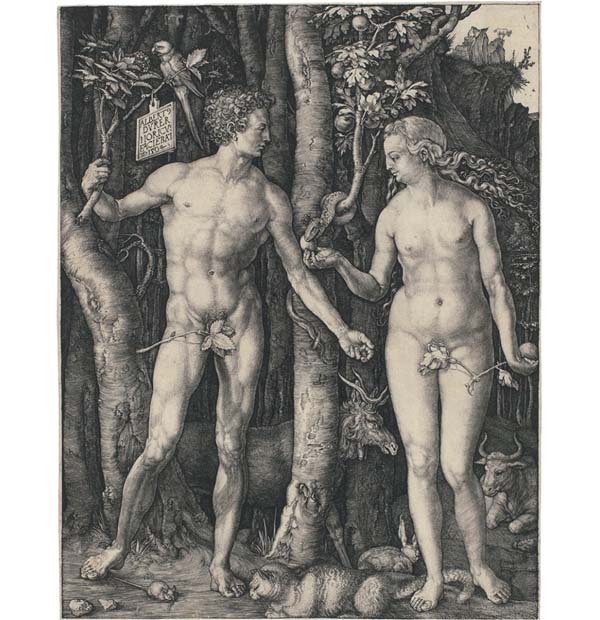
Plate 0.1 Albrecht Drer, Adam and Eve, 1504, engraving, 25 19 cm. Rijksmuseum, Amsterdam, object number RP-P-OB-1155.
European Renaissance art favoured realism, an emphasis on the human figure, naturalism and the perspectival or illusionistic representation of pictorial space. On the surface, one might therefore have the impression that the arts of Renaissance Europe are fundamentally different and separate from contemporary visual traditions in other parts of the world. It is often mistakenly asserted, for example, that European Renaissance art is figural while Islamic art is iconoclastic or shuns all form of figural representation, when in fact there is a rich tradition of figurative representation in the Islamic secular arts. Rather than focusing on oppositions and one-to-one comparisons, however, the approach of global art history is instead to search for commonalities, interdependencies, overlaps and dialogues between Europe and the wider world. Such approaches are transforming the study of the Renaissance by recasting a period long positioned at the centre of a European canon as culturally diverse and intertwined.

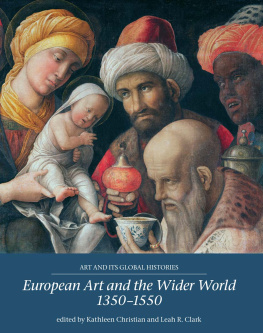

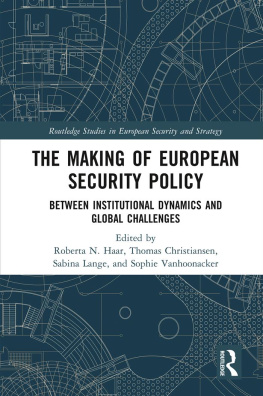
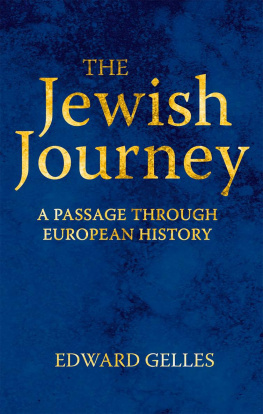

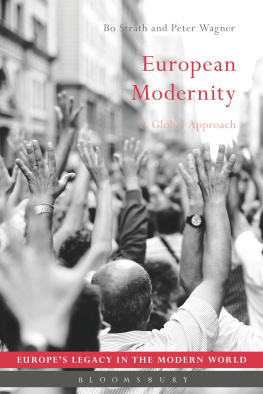
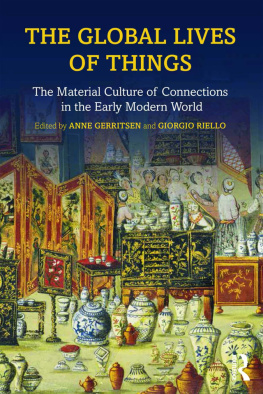



 .
.